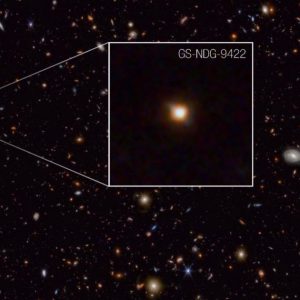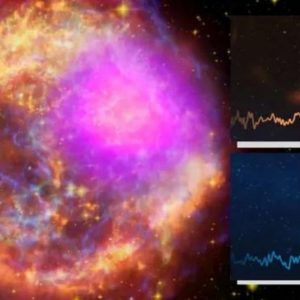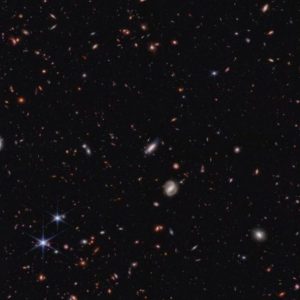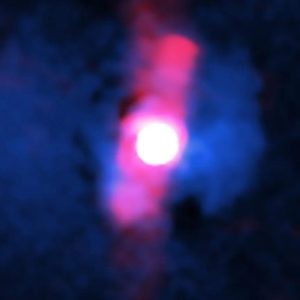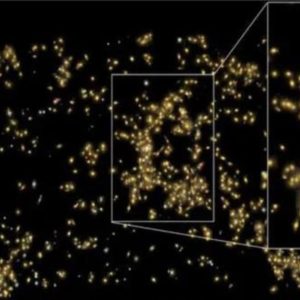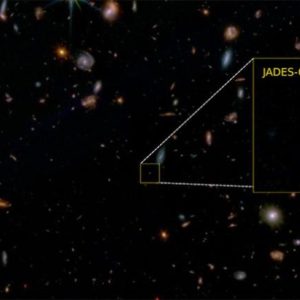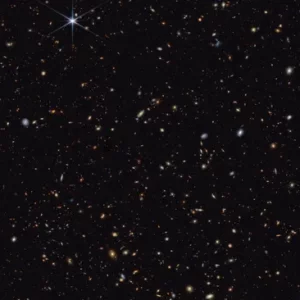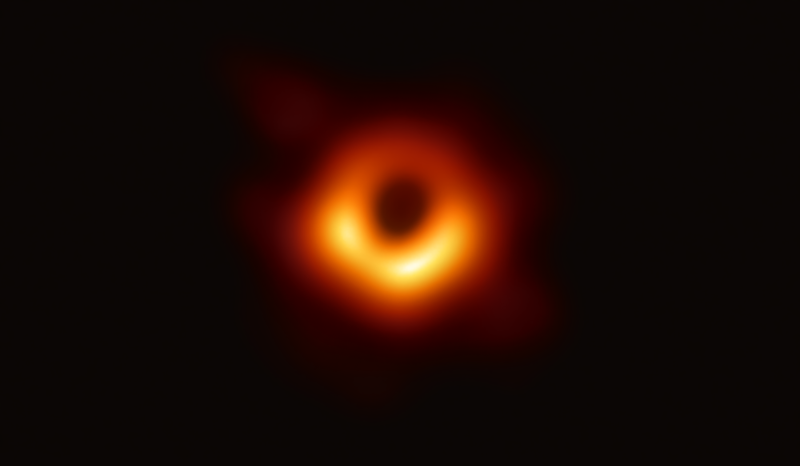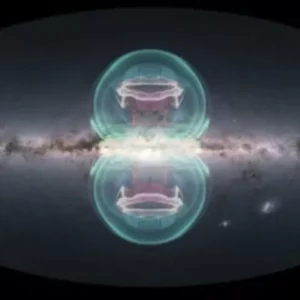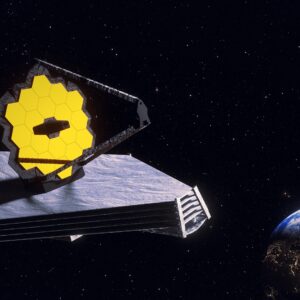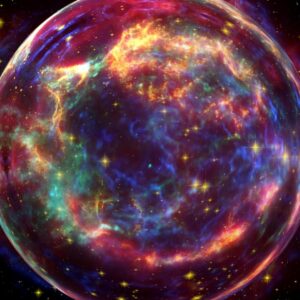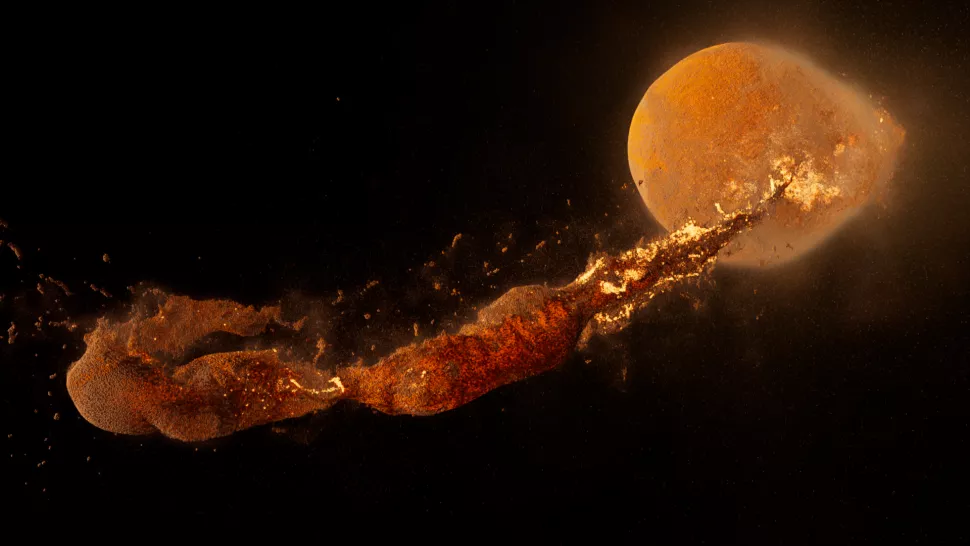Since its launch into orbit in December 2021, NASA’s James Webb Space Telescope has amazed scientists, astronomers and researchers with remarkable discoveries, exploring the farthest and darkest regions of the universe by using its advanced infrared technology to reveal stunning details of celestial events. One of its most significant findings...
Latest Findings
Are we truly pushing the limits of our knowledge about the universe? What was once considered science fiction has become a crucial focus in astrophysical research: understanding stellar collapse through gravitational wave frequencies. The mysterious realms of black holes and neutron stars, subjects of deep scientific interest, continue to challenge...
Historically, our understanding of the cosmos has been shaped by various observational tools, including the Hubble Space Telescope and the Chandra X-ray Observatory. The onset of the James Webb Space Telescope (JWST) has further revolutionized our knowledge. Some of Webb’s findings have challenged long-standing theories such as the hierarchical model...
Black holes are too mysterious entities lurking in the depths of space. Many of us cannot even imagine their size, mass and density. The first black hole known was Cygnus X-1, identified by several researchers independently in 1971. Since then, black holes have been fascinating astronomers and scientists with their...
Can you imagine the numbers in a quadrillion? It’s a mind-boggling figure 1 with 15 zeros after it, one that stretches our comprehension beyond the limits of everyday understanding. Now, imagine a structure in the cosmos with a mass equivalent to 26 quadrillion suns. It sounds like a creation of...
Dead galaxy! Do big things end up the same way? – Yes, they do! Astronomers have recently discovered the earliest ‘dead’ galaxy. This early galaxy, identified when the universe was just 700 million years old, ceased star formation about over 13 billion years ago, challenging prevailing cosmic evolution models. Astronomers...
Once this universe was a dark space, simple and void. Over time, it developed with telescopic technology into the complex network of galaxies and stars. Now, the James Webb Space Telescope (JWST) is reshaping our understanding of the universe by expanding our knowledge and uncovering the secrets hidden within the...
In 2019, a collaborative effort among the world’s astronomers successfully captured a historic image of the black hole in Messier 87. The moment was the most significant for humanity in terms of space exploration. Further exploration of the black hole’s image has lately defied conventional understanding, contrary to its notorious...
Hubble Space Telescope’s Wide Field Camera 3 instrument has recently captured a radiant stellar nursery, revealing the presence of OH 339.88-1.26, a massive protostar shrouded behind dust and gas-laden clouds, situated approximately 8,900 light-years away in the Ara constellation.
Astronomers have long been fascinated by the bubbles of hot gas emanating from the center of the Milky Way galaxy, and a recent study has brought new insights into the complexity of these massive structures. The eRosita bubbles, named after the X-ray telescope that first spotted them, are enormous structures...
xquisite studies of the motion of the black hole’s partner, a star similar to the Sun that orbits the Gaia BH1 black hole at around the same distance as the Earth orbits the Sun.
Astronomers are now able to gather unprecedented information about the early universe with the help of NASA’s James Webb Space Telescope, which was designed primarily to detect the faint infrared light from extremely distant galaxies.
The unprecedented view of the radioactive remains of a once-giant star demonstrates that, contrary to the astronomers’ expectations based on previous observations of the stellar corpse, the remains of a supernova are more chaotic.
The gamma-ray burst (GRB), the most potent class of explosions in the cosmos, which is responsible for the emission, is one of the brightest events ever recorded.
While the majority of theories about how the moon formed claim that it formed from the accumulation of debris over time, resulting in an enormous mass that collided with the Earth, a new study with supercomputer suggests a different perspective that the moon was created in hours, not in days.
